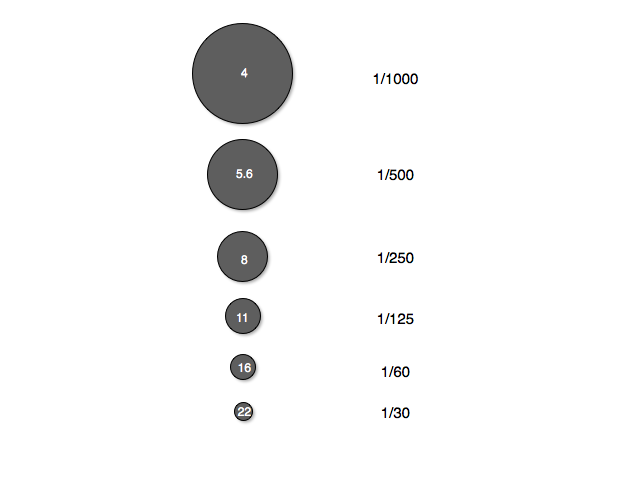Do you think a bigger zoom will get you better photos?
Are you craving a lens that will do everything from wide angle landscapes to tightly cropped portraits?
As you progress in photography, you may start to feel the limitation of your camera’s kit lens. You want to be ready in any situation to get every shot.
A common upgrade is to buy a lens that can do more. More wide angle, more telephoto.
But we think thats the wrong upgrade, in fact in many ways it could be a downgrade.
We think you should ditch the zooms and go for primes. Heres why:
Outstanding Image Quality
Prime lenses are designed to do one thing and only one thing – work really well at that focal length.
A zoom lens is trying to be a jack of all trades. It can take photos at different focal lengths. But this comes with compromises which means it can’t produce the same image quality as a prime lens. Some pro level zooms do offer prime like image quality, but they costs £1000s and weigh a ton.
A prime lens will outshine nearly every zoom in terms of image quality at it’s focal length. Compared to a standard kit lens the difference will be easily noticeable in your photos and you’ll take photos with more bite and a higher end look.
Small and Light
Most f1.8 primes are small and light. The Canon 50mm f1.8 lens is 159g and less than 4cm long.
Sticking a prime lens on your camera gives you a compact, lightweight and unobtrusive kit to carry around all day. This is perfect for street or portrait photography.
Huge and heavy primes do exist, but the f1.8 primes at regular focal length from most manufacturers are compact and light
Great Value
Compared to a zoom lens with comparable performance at that focal length, a prime lens is great value. For £100-£200 you can pick up a 50mm f1.8 prime lens for your camera that will will return your investment in a big way.
Buying a prime lenses is probably the best way to spend your money to get the biggest improvement in your photos.
Super Shallow Depth Of Field

This photo was taken with an 85mm prime lens at f1.8.
Because of their large maximum aperture, prime lenses can create photos with a super shallow depth of field. If you’ve only been using your camera’s kit lens up until now, you will have been held back in your ability to create shots where the background or foreground is a dreamily out of focus.
Many photos benefit from the subject isolation that shallow depth of field gives, and the best subject isolation happens using the large aperture of a prime lens.
Low Light Ability
Another benefit of their huge maximum aperture is that prime lenses let lots of light hit your sensor. This lets you get shots in dark places where your zoom would fail.

A prime lens at f2 lets in 4x more light that a kit lens at f4. This means you can use a shutter speed of 1/100s instead of 1/25s without cranking up your ISO, which can be the difference between getting the shot and not.
Pushing Your Creativity
A limitation of prime lenses is that they can’t zoom, which means you can’t change your angle of view.
While that may be seen as a disadvantage, you can flip it on it’s head and work within those limitations to make yourself more creative.
Using a prime will force you to change the way you take a shot, it will make you look for new and different angles, or unusual compositions. Not having to think about zooming in or out will simplify your process of taking a photo, allowing you to focus on getting the shot and making it work.
After using a prime lens for some time, you will be able to visualise how the shot will look, before you even put your camera to your eye.
So, when if you’re thinking about buying a new lens, please don’t go for a bigger zoom, or a lens that seems like it can do everything. The next lens you buy should be a prime. As soon as you put it on your camera, you’ll feel the advantages. And when you look at your images you’ll love it even more.
That old zoom you have can be used as a paperweight.
As you can see, we love prime lenses, but are there any other advantages we’ve missed?
Leave a Reply